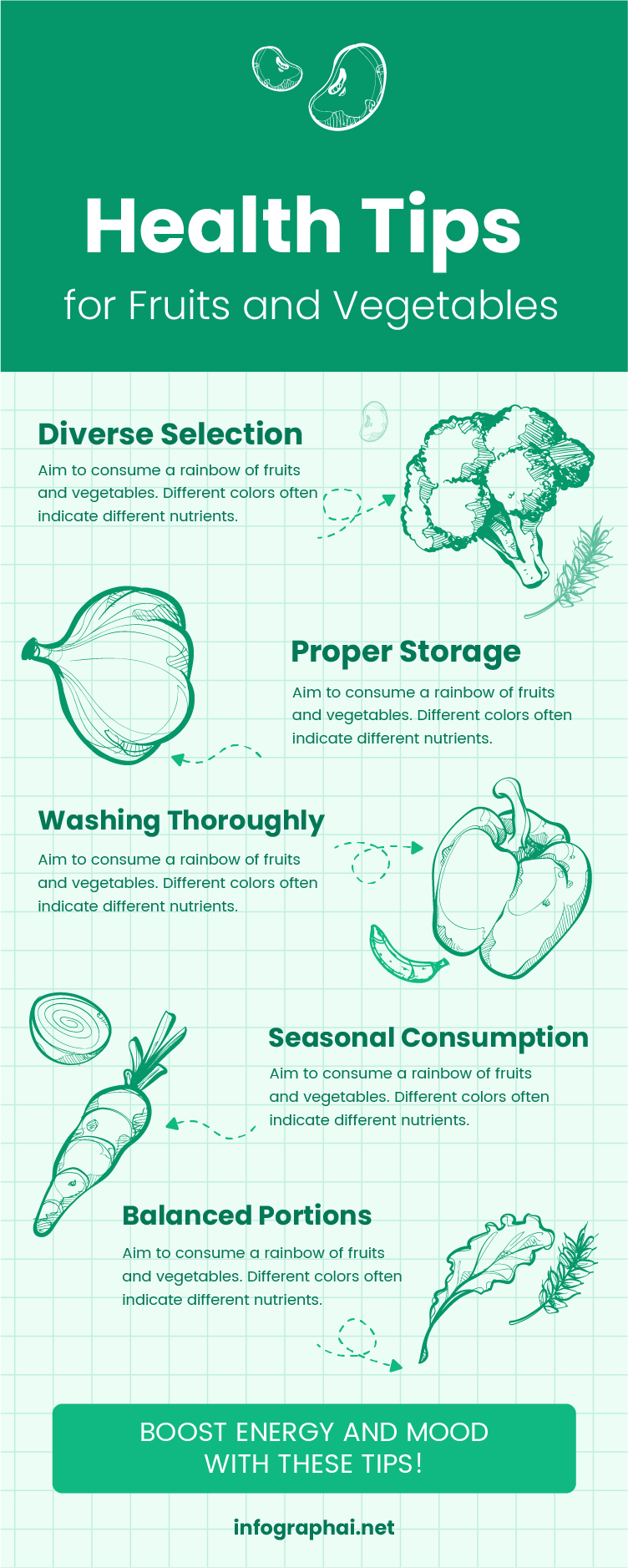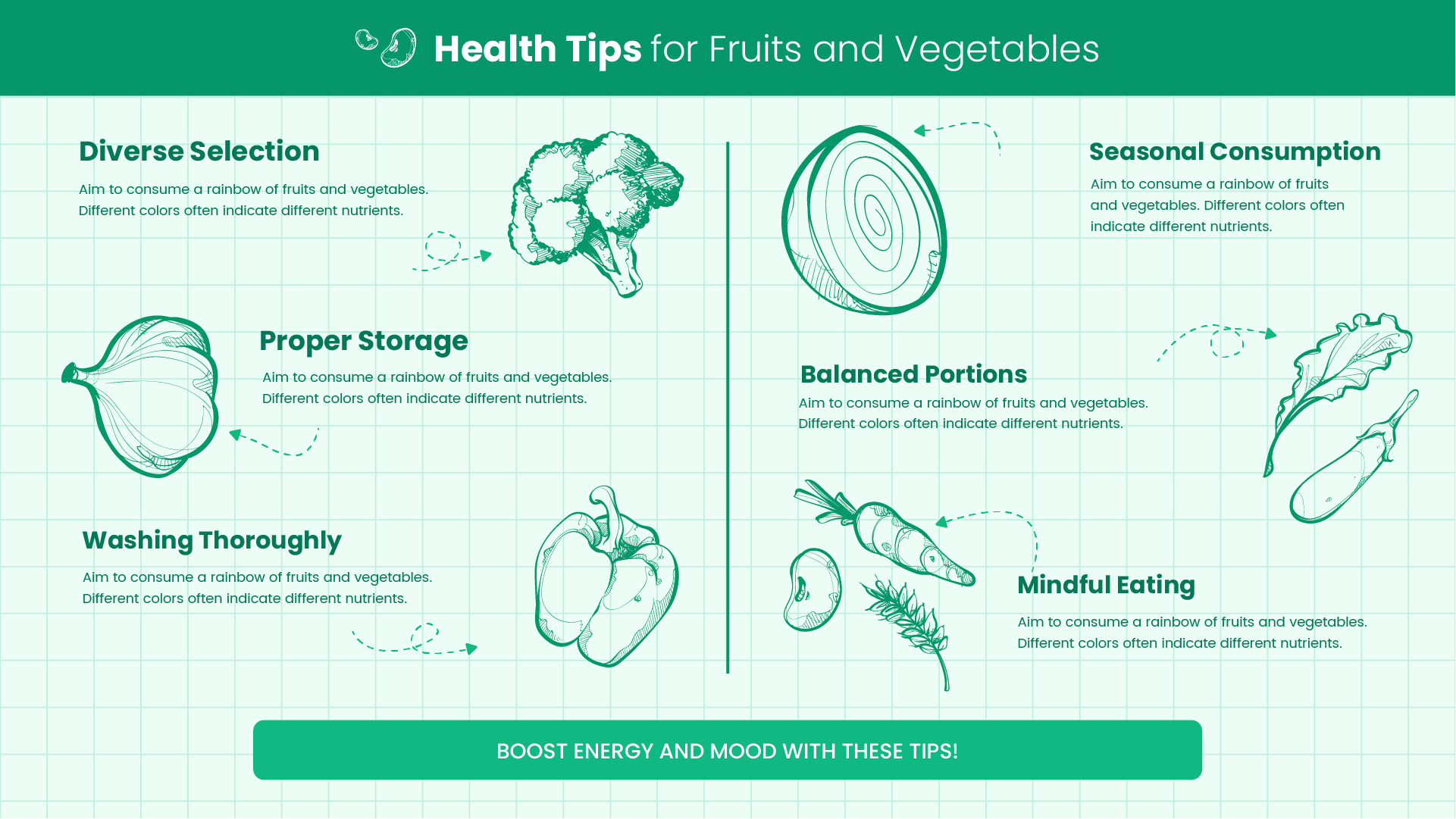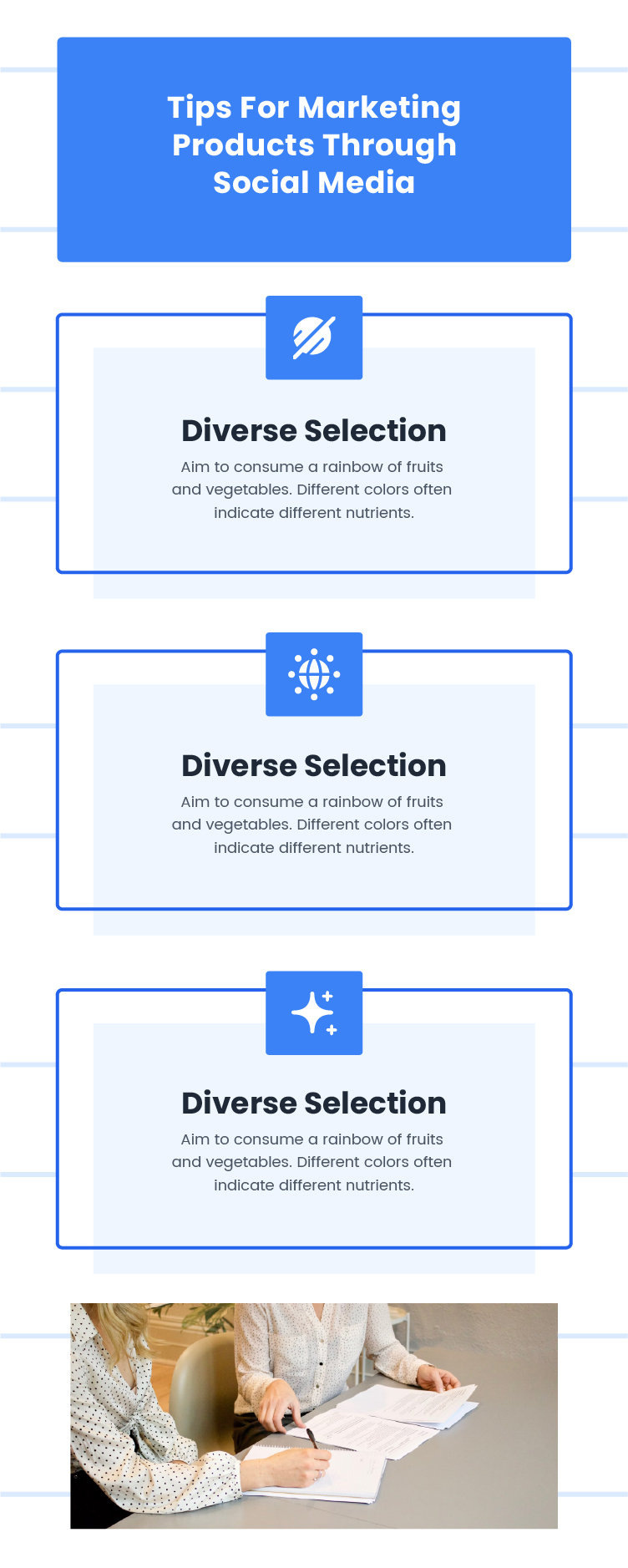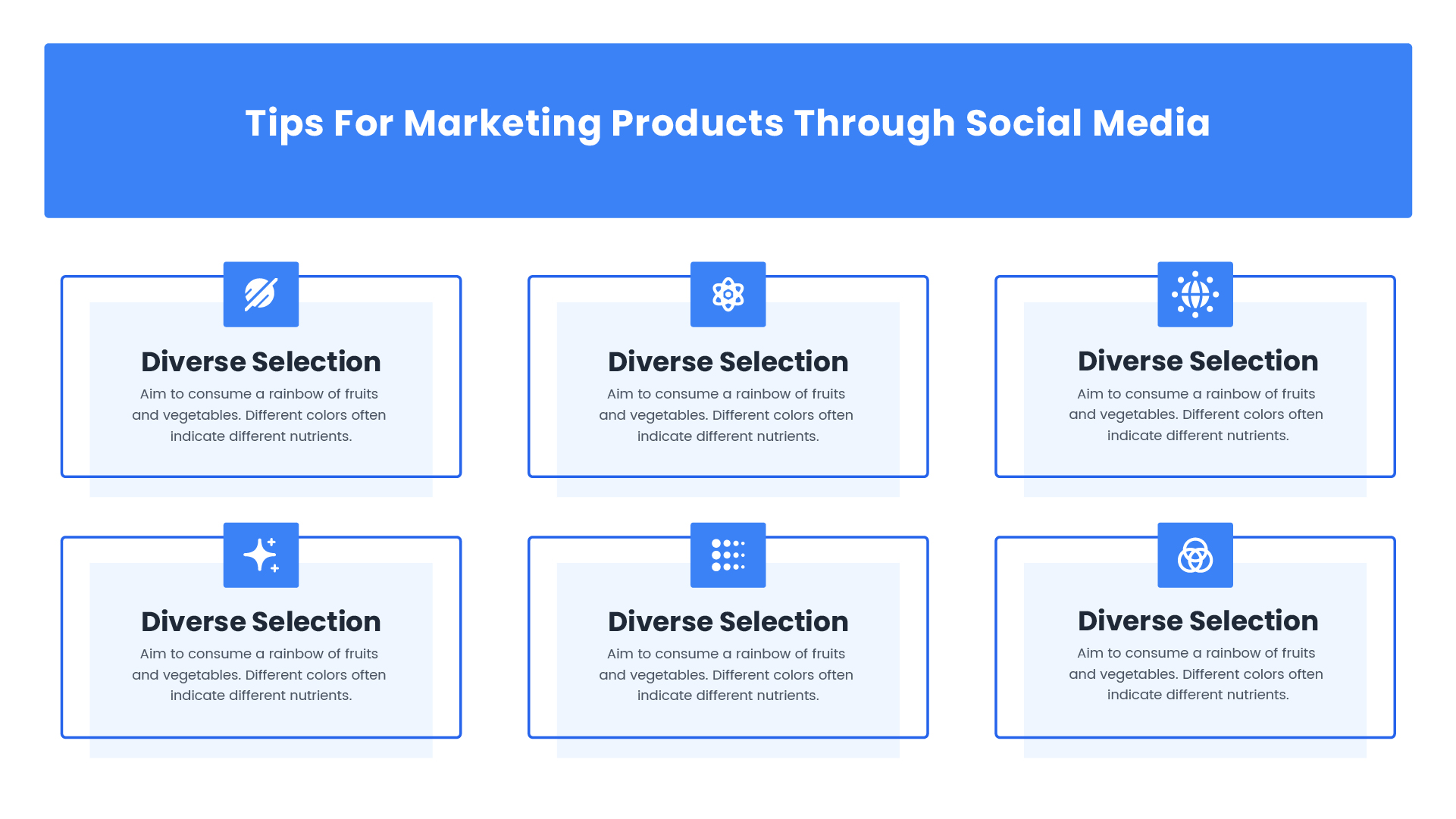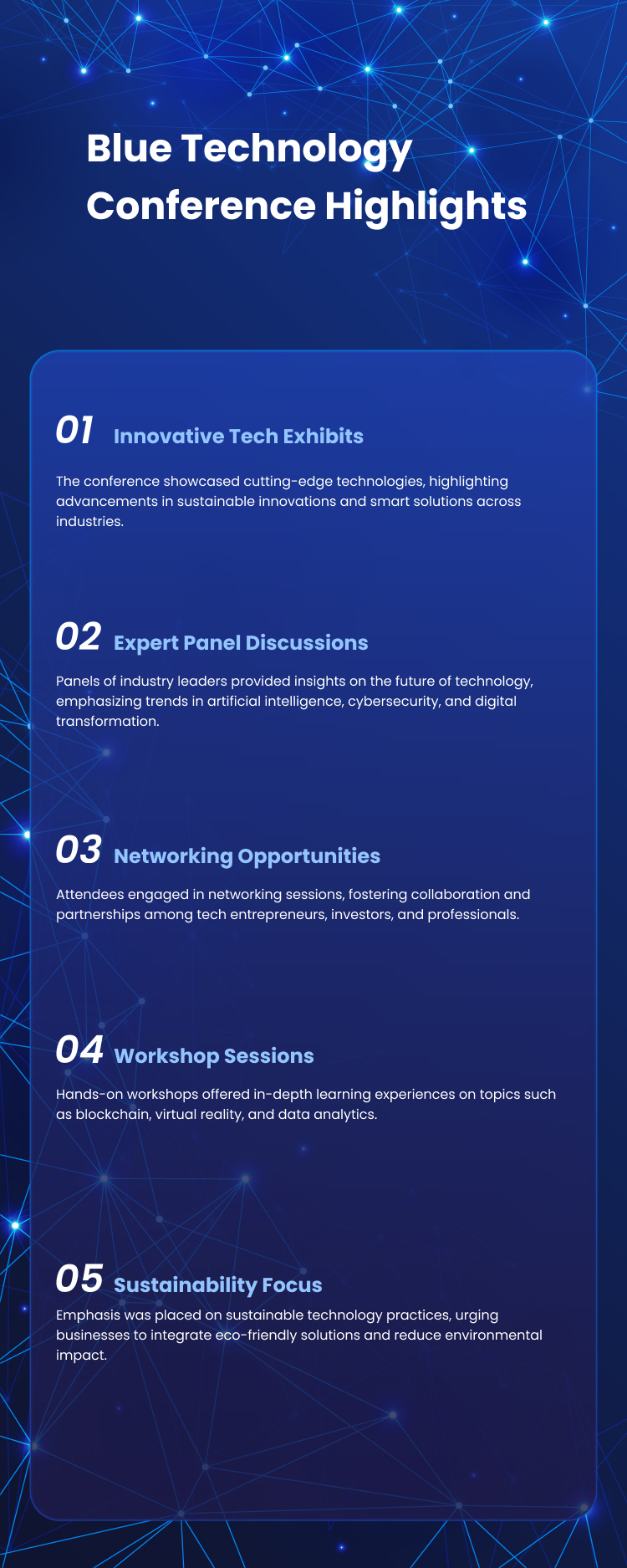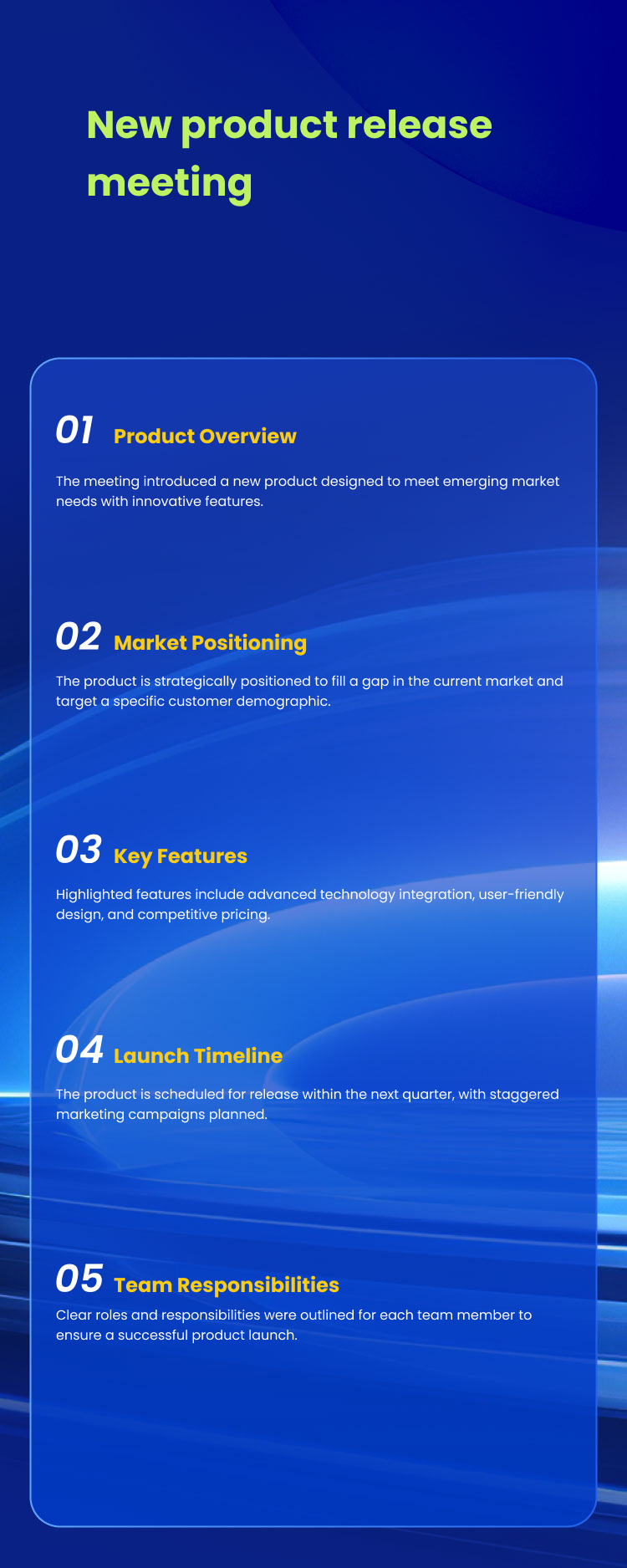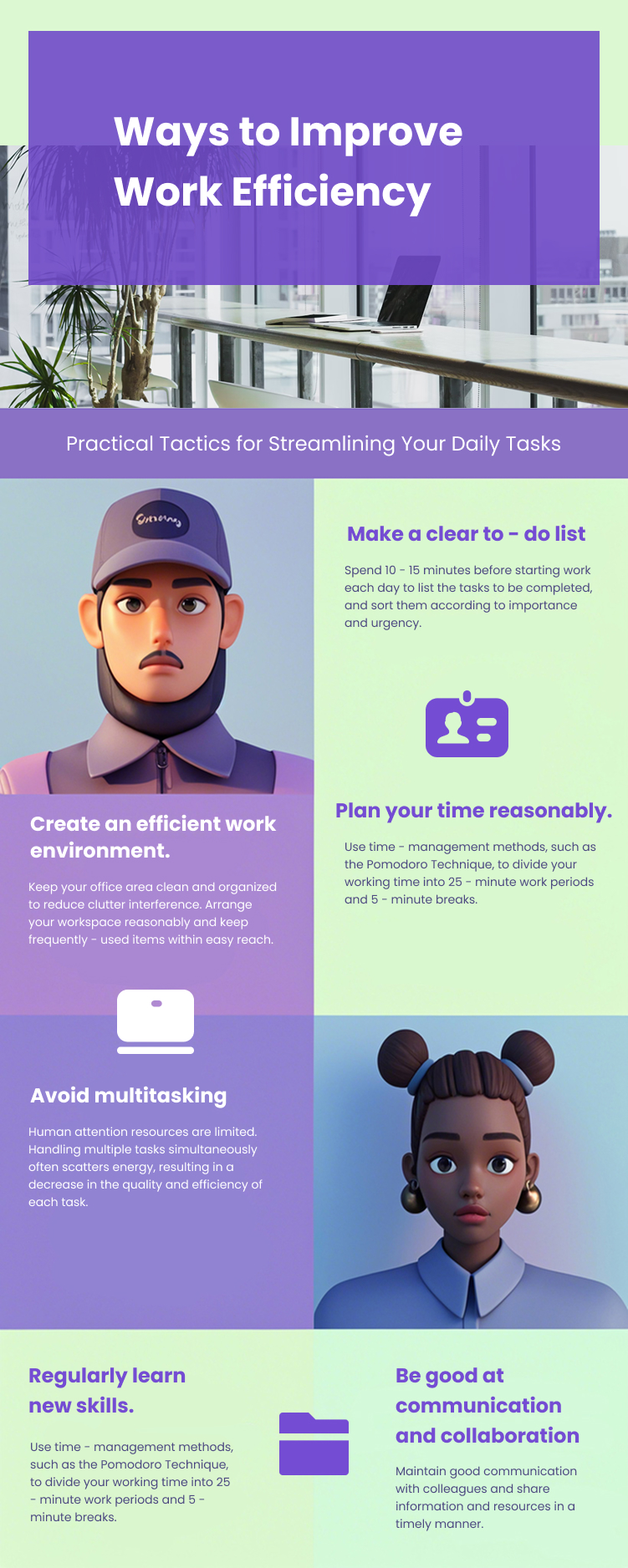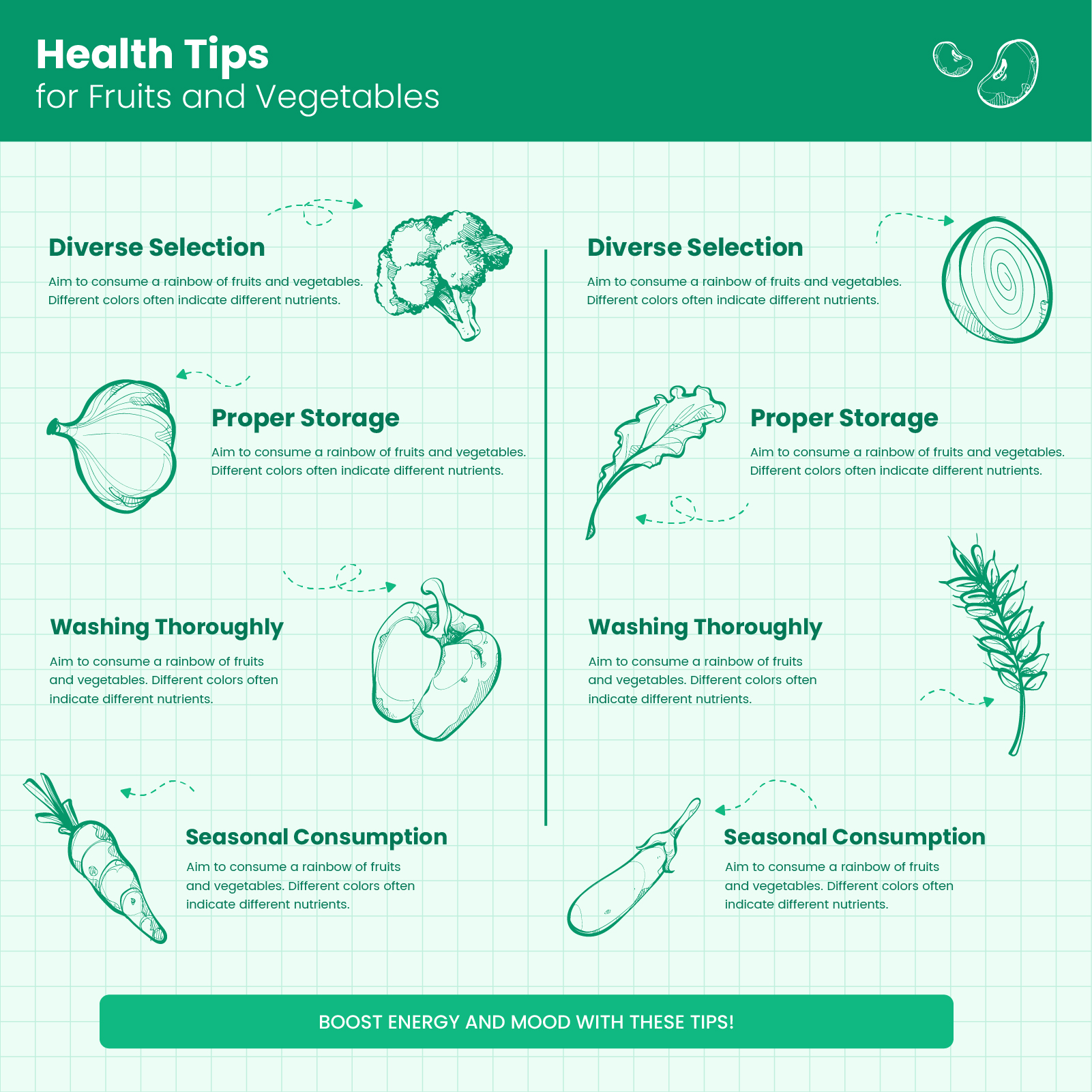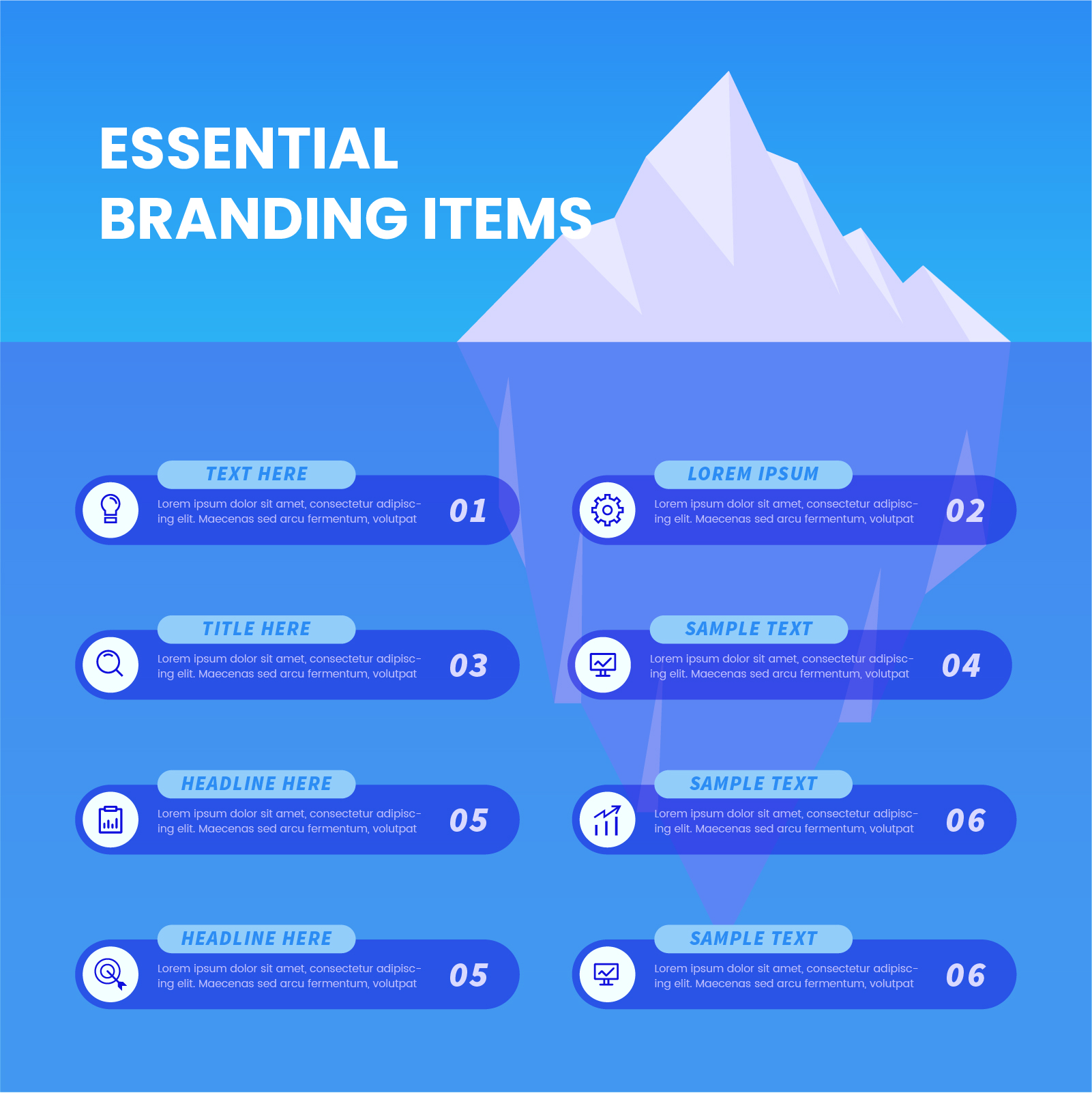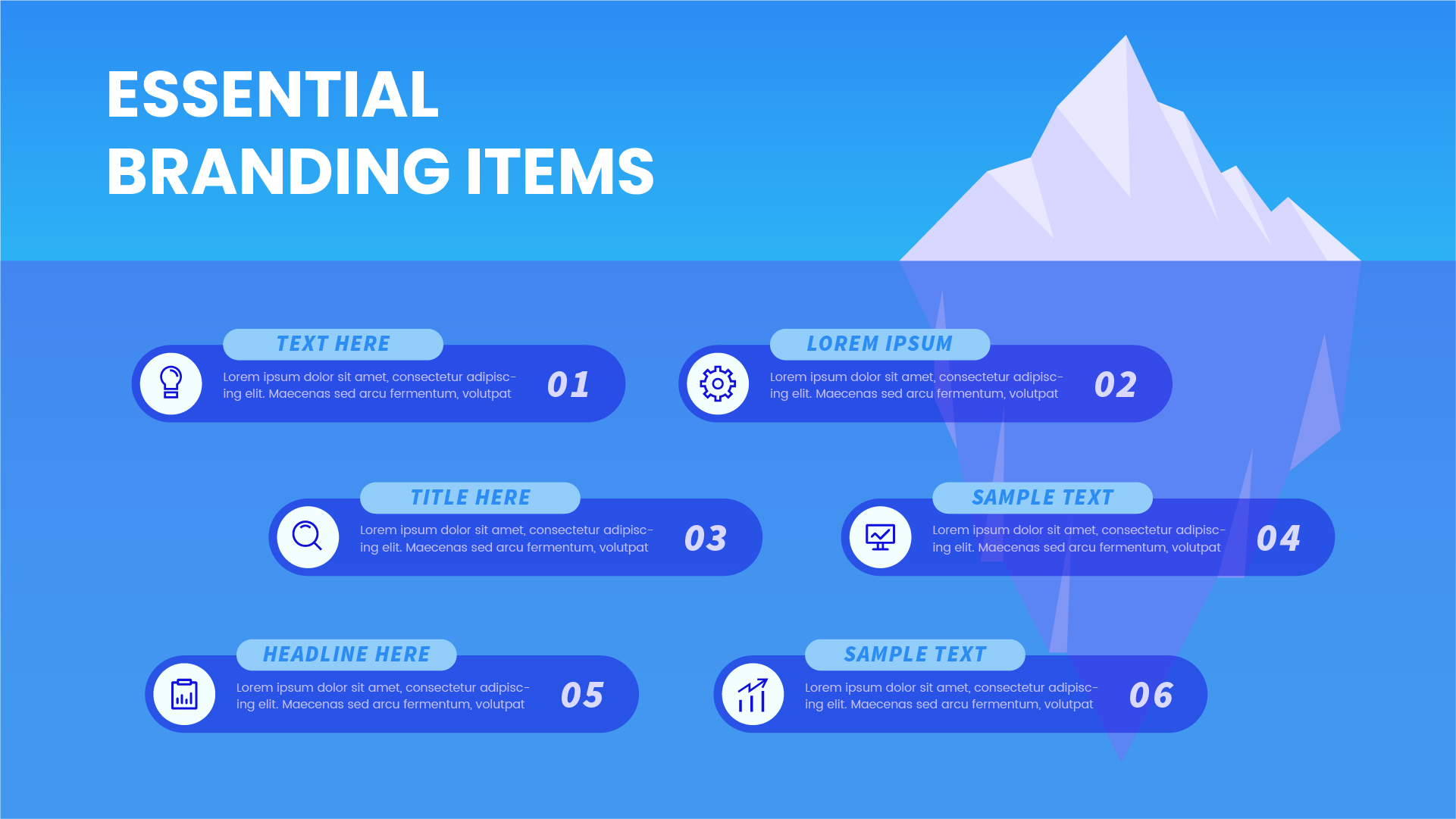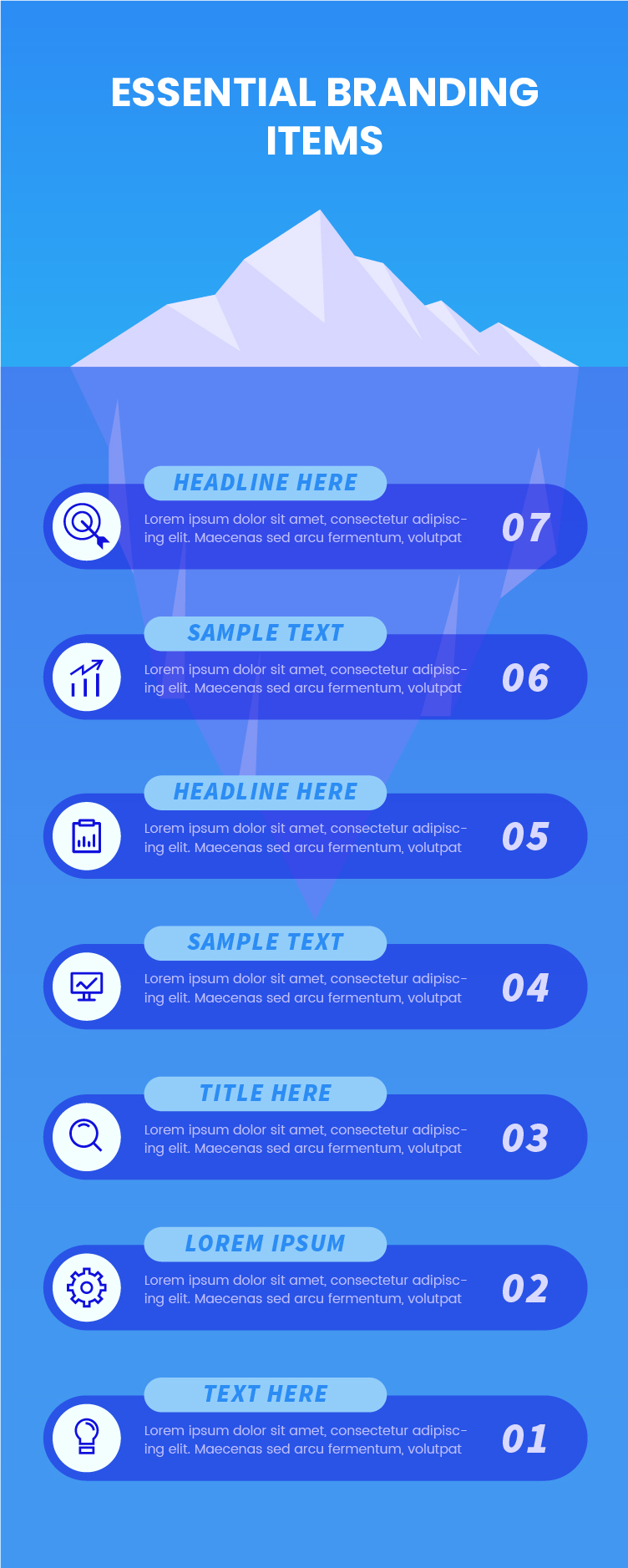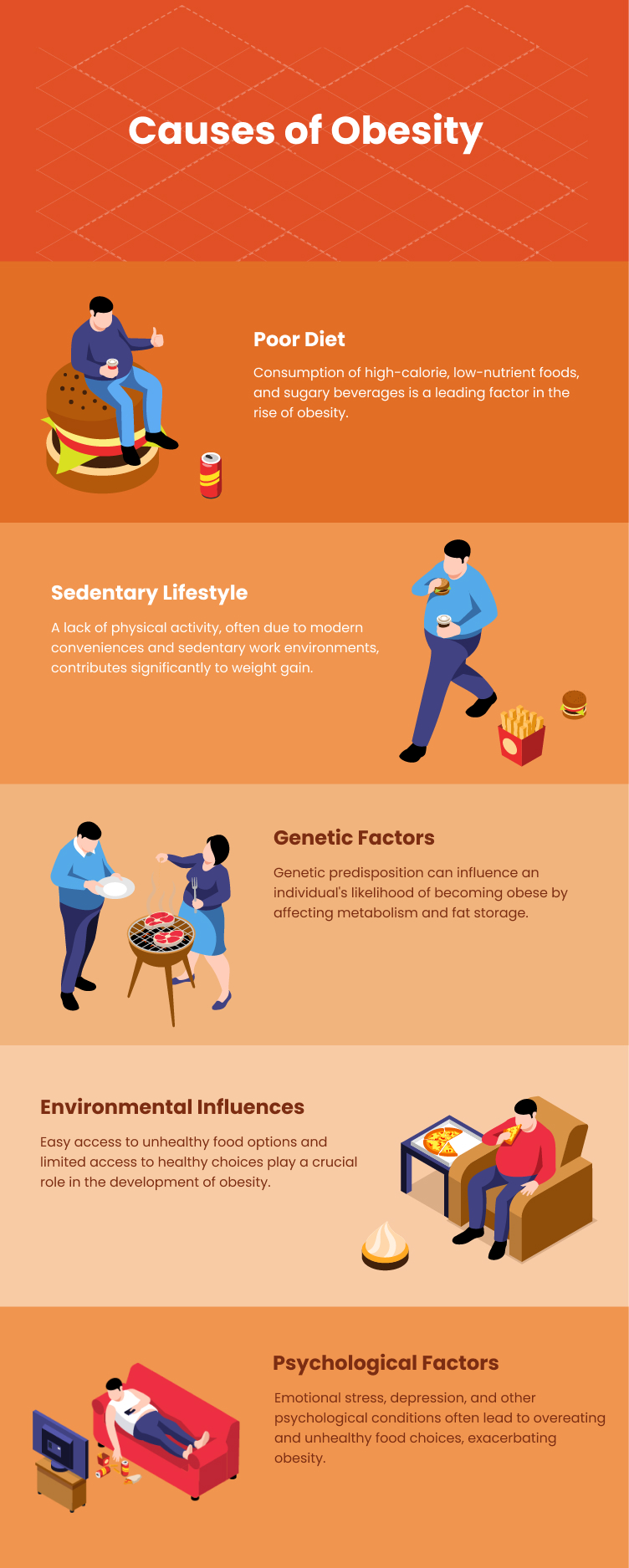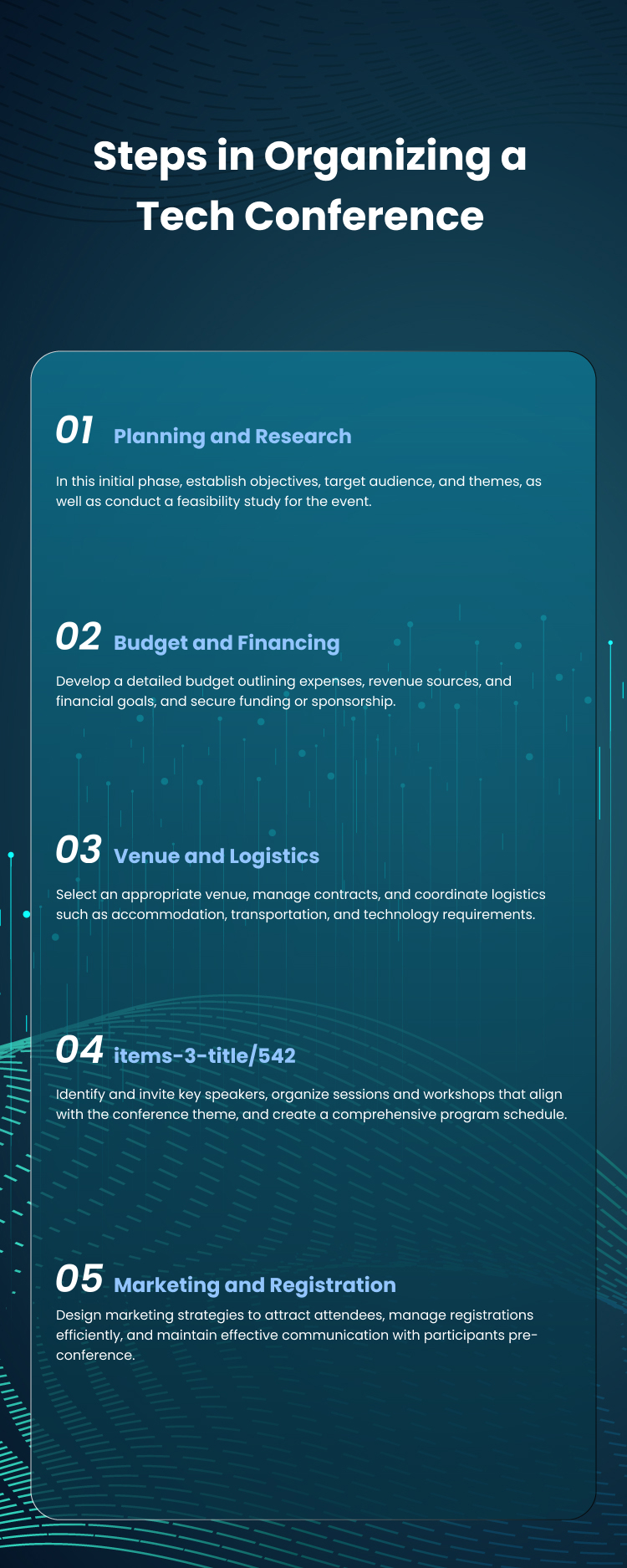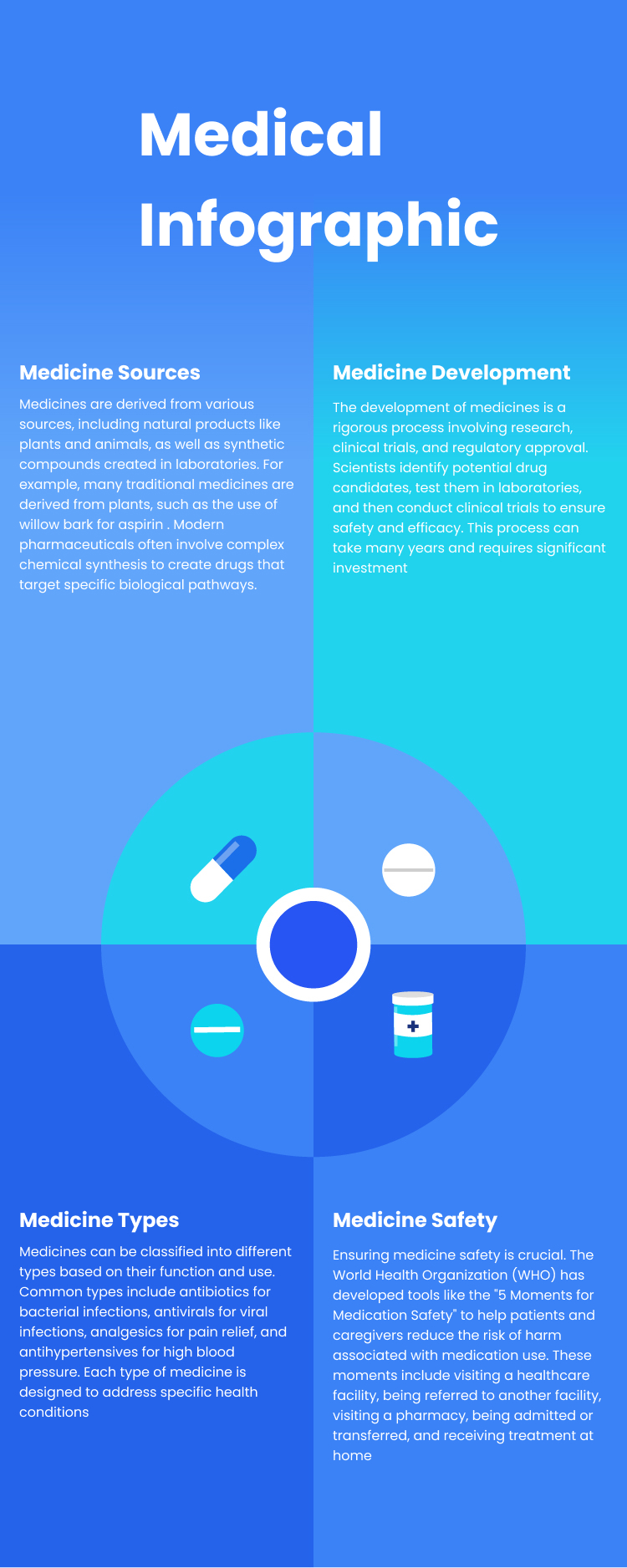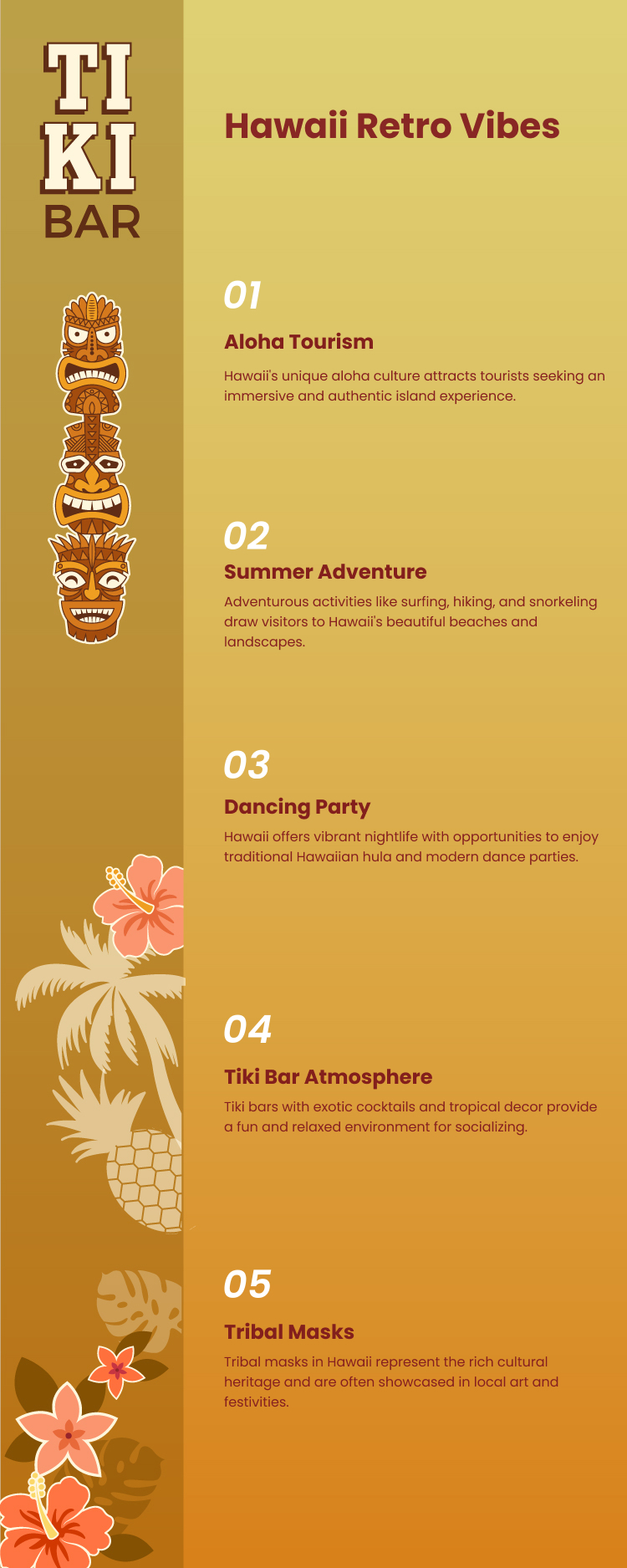Health Tips for Fruits and Vegetables-5 steps Infographic Template
- Prioritize Color & Variety "Eat a rainbow daily to access diverse nutrients."
Why: Different colors indicate unique phytochemicals (e.g., anthocyanins in blueberries, beta-carotene in carrots) that combat inflammation and chronic diseases . How: Aim for ≥5 servings (2 fruits + 3 vegetables) with varied colors—leafy greens (iron), citrus (vitamin C), berries (antioxidants) . Tip: Frozen/canned options retain nutrients and are budget-friendly . 2. Optimize Preparation Methods "Preserve nutrients through smart cooking."
Raw vs. Cooked: Spinach loses vitamin C when boiled but gains bioavailable iron . Light steaming retains cruciferous veggies' cancer-fighting compounds . Hacks: Blend smoothies (fiber-rich skins included), roast root vegetables to enhance sweetness, or ferment for gut-healthy probiotics . 3. Strategic Pairing for Absorption "Combine foods to boost nutrient uptake."
Iron + Vitamin C: Pair spinach (iron) with citrus dressing (vitamin C) to increase absorption by 300% . Healthy Fats + Carotenoids: Add avocado to salads to absorb fat-soluble vitamins (A, E, K) . Avoid: Calcium-rich foods with iron sources (e.g., cheese + spinach), as calcium inhibits iron absorption . 4. Integrate into Every Meal "Make plants the star of your plate."
Breakfast: Oatmeal topped with berries and nuts . Lunch/Dinner: Fill half your plate with colorful veggies; use spiralized zucchini as pasta . Snacks: Pre-cut veggies with hummus or apple slices with nut butter . Dessert: Frozen grapes or baked apples with cinnamon . 5. Mindful Consumption Habits "Quality over quantity with intentional eating."
Seasonal & Local: Higher nutrient density and flavor . Slow Eating: Chew thoroughly to improve digestion and satiety . Hydration: Water-rich choices (cucumber, watermelon) aid hydration .
